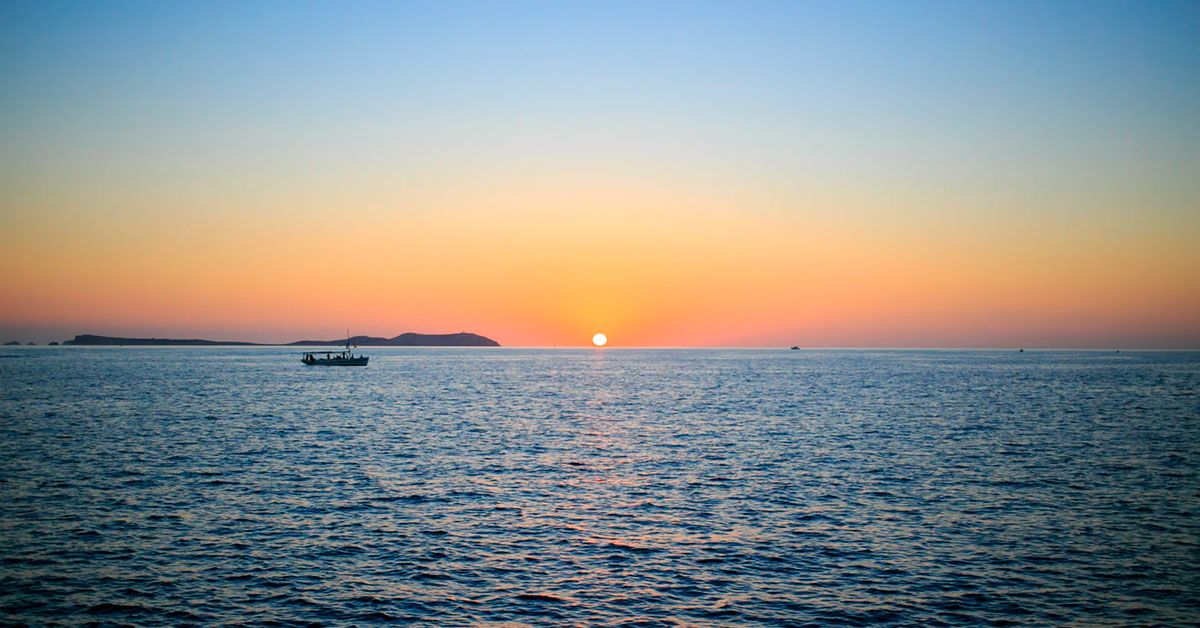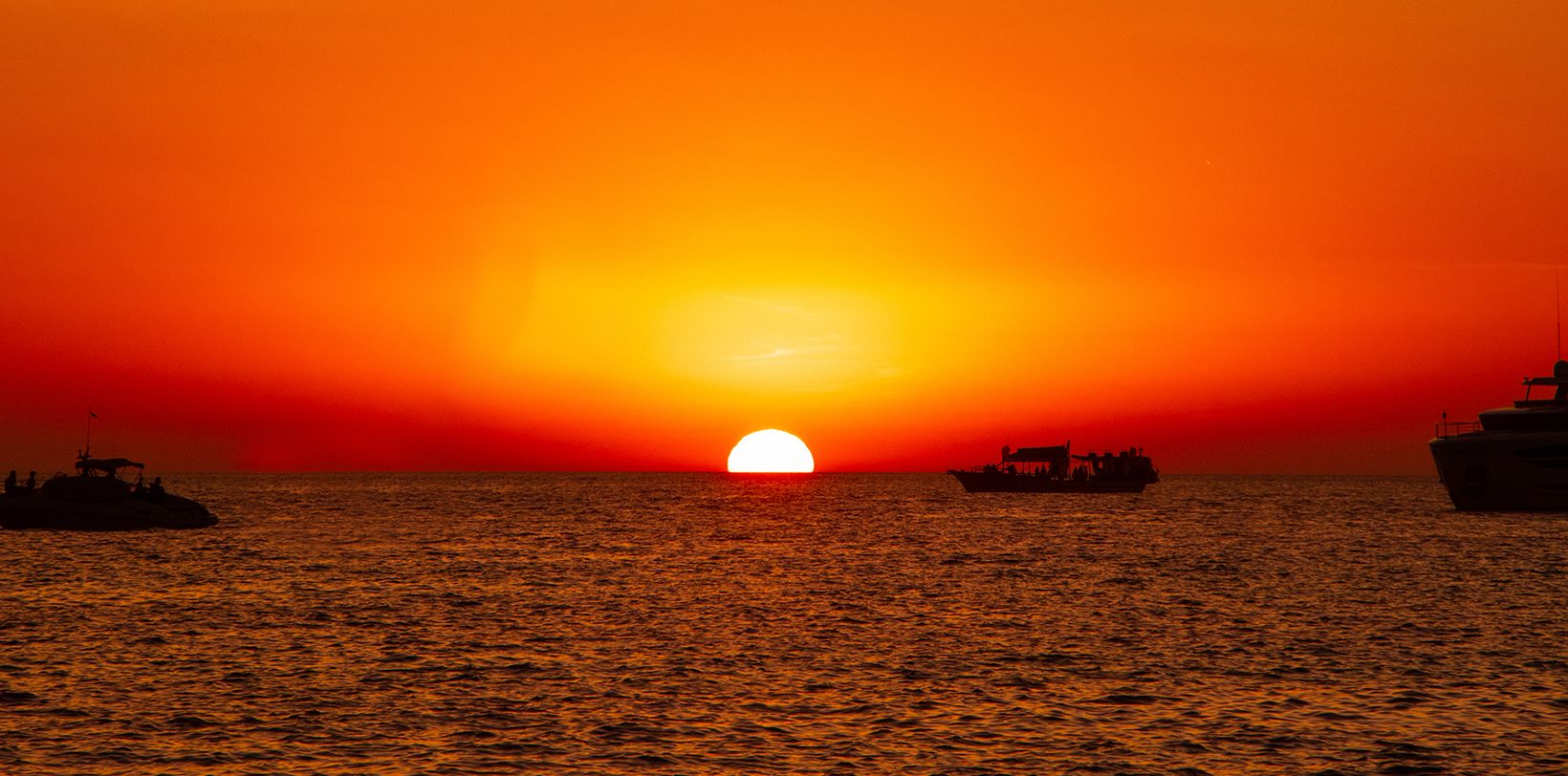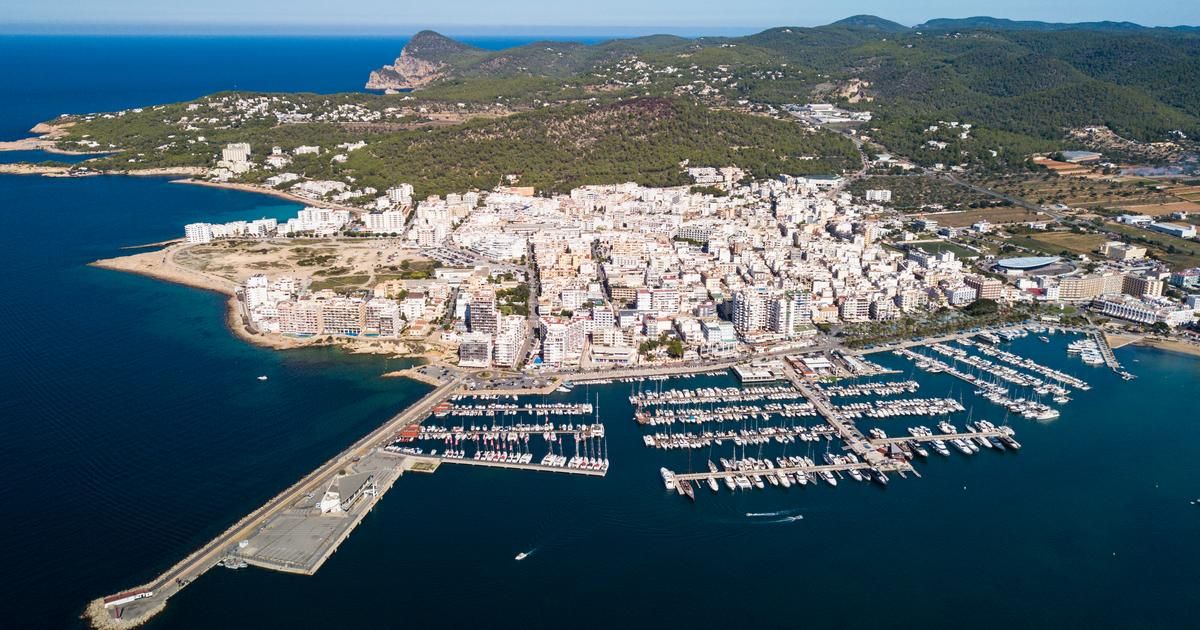BALEARIC ISLANDS
The Balearic Islands form the Balearic archipelago, also giving its name to the Spanish Uniprovincial Autonomous Community. Its main islands are: Ibiza, Formentera, Mallorca, Cabrera and Menorca. Then, we find some nearby islets such as Dragonera, Conejera, Isla del Aire, Isla de Colom, Espalmador or Espardell.
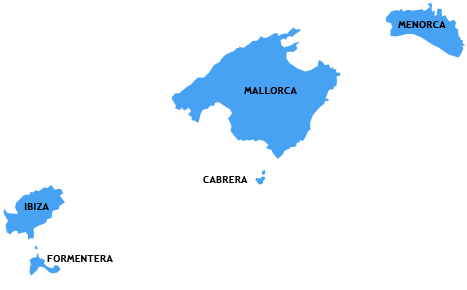
This group of islands and islets are located in the Mediterranean Sea, east of the Iberian Peninsula. The capital of the autonomous community is Palma and is located on the largest island, Mallorca.
The origin of the name “Baleares” goes back to the Punic and Carthaginian “ba’lé yaroh” which means “the masters of throwing”. So, the masters of the launch were the slingers of the islands.
The highest point of the Balearic Islands is located in Puig Mayor de la Sierra de Tramontana de Mallorca. There are notable differences in the landscapes between Mallorca and Menorca (Gimnesias) with Ibiza and Formentera (Pitiusas), the former have more fertile landscapes both in flora and fauna while in Ibiza and Formentera the flora is simpler and less fertile, without the need for so much water and the fauna predominates birds. In general, it is normal that on these islands you can find dreamy coves, beautiful sunsets and amazing nature.
Population growth on the islands is increasing every year, but its trigger was during the tourism boom of the 1960s. In 2018 the total population of the islands was 1,128,908 inhabitants. It should be noted that a large part of the inhabitants are foreigners, due to tourism and the demand for workers, the Balearic Islands is the third autonomous community in Spain with the highest number of foreign tourists. As tourism is the main economic engine of the islands, the majority of the population is engaged in the service sector.
Many tourists come to the islands to work and stay on them because of their charm and tranquility in low season. About 19 per cent of the population is predominantly Moroccan, German, Italian and British, among other nationalities.
The language spoken in the Balearic Islands is Catalan, although it is possible to differentiate the dialects of each island; Majorcan, Menorcan and Ibiza. Spanish is currently the most widely used language in the islands due to the large influx of people from the peninsula and foreigners.
Ibiza, for its part, is declared a World Heritage Site by UNESCO for its biodiversity and culture. There are the Phoenician site of Sa Caleta, the necropolis of Puig des Molins and the historical centre of Eivissa.
The Balearic Islands also have the Oceanic Posidonia, another World Heritage Site, a plant that allows its turquoise waters to remain clean and crystal clear. Posidonia is endemic to the Mediterranean Sea and makes this sea unique in the world. The largest meadow is located between Ibiza and Formentera, about 8km long and is more than 100,000 years old.
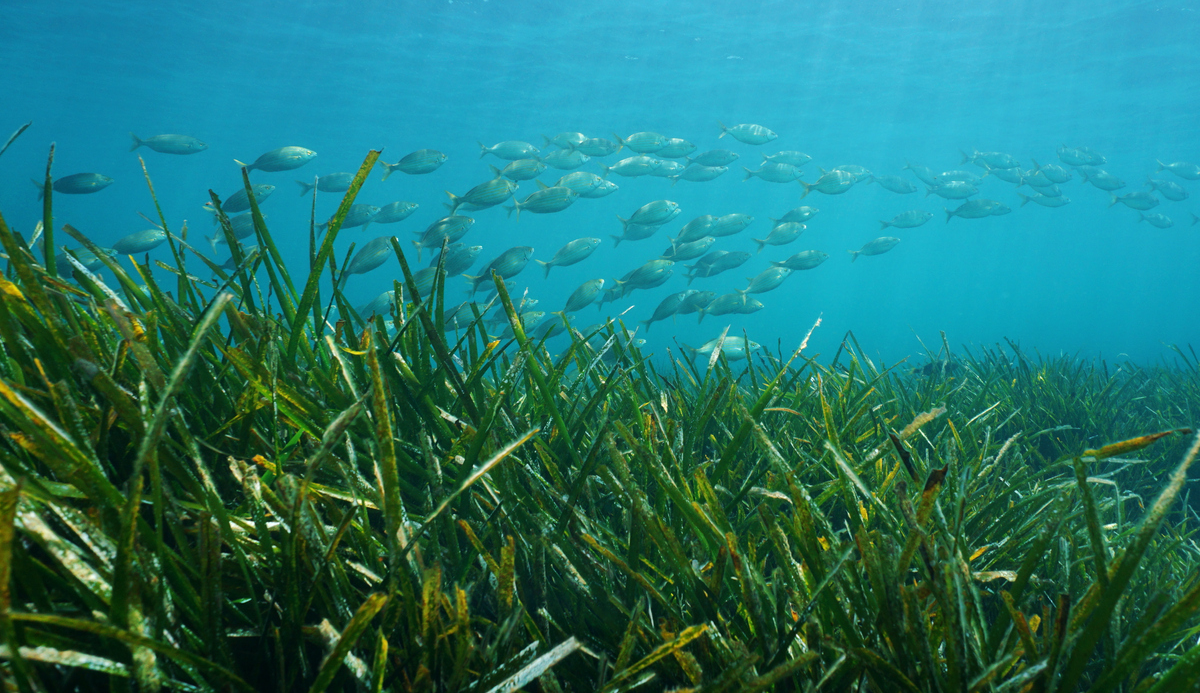
This plant allows the quality of oxygen in the water to increase and that is why many species live under these waters, increasing biodiversity. It should not be confused with algae since Oceanic Posidonia has roots, fruits and flowers.
It currently faces several threats from rising sea temperatures, toxic discharges and illegal anchoring practices.

